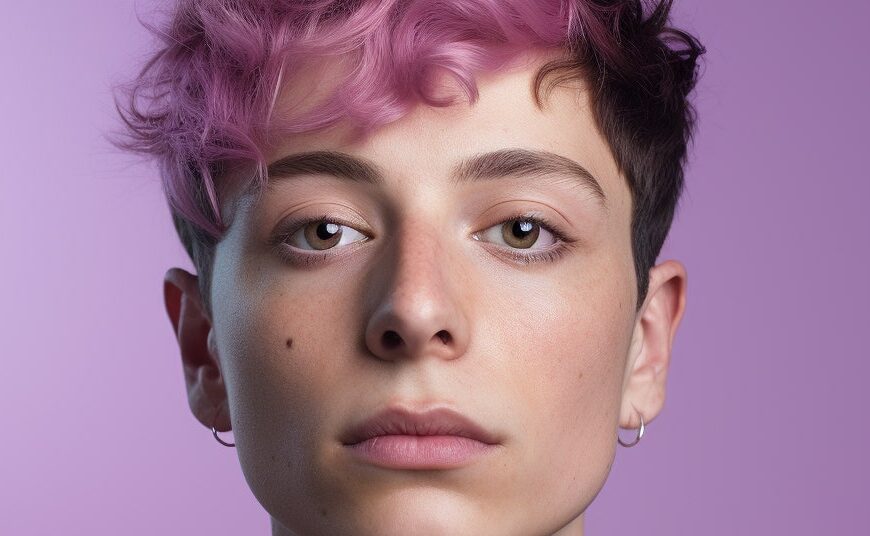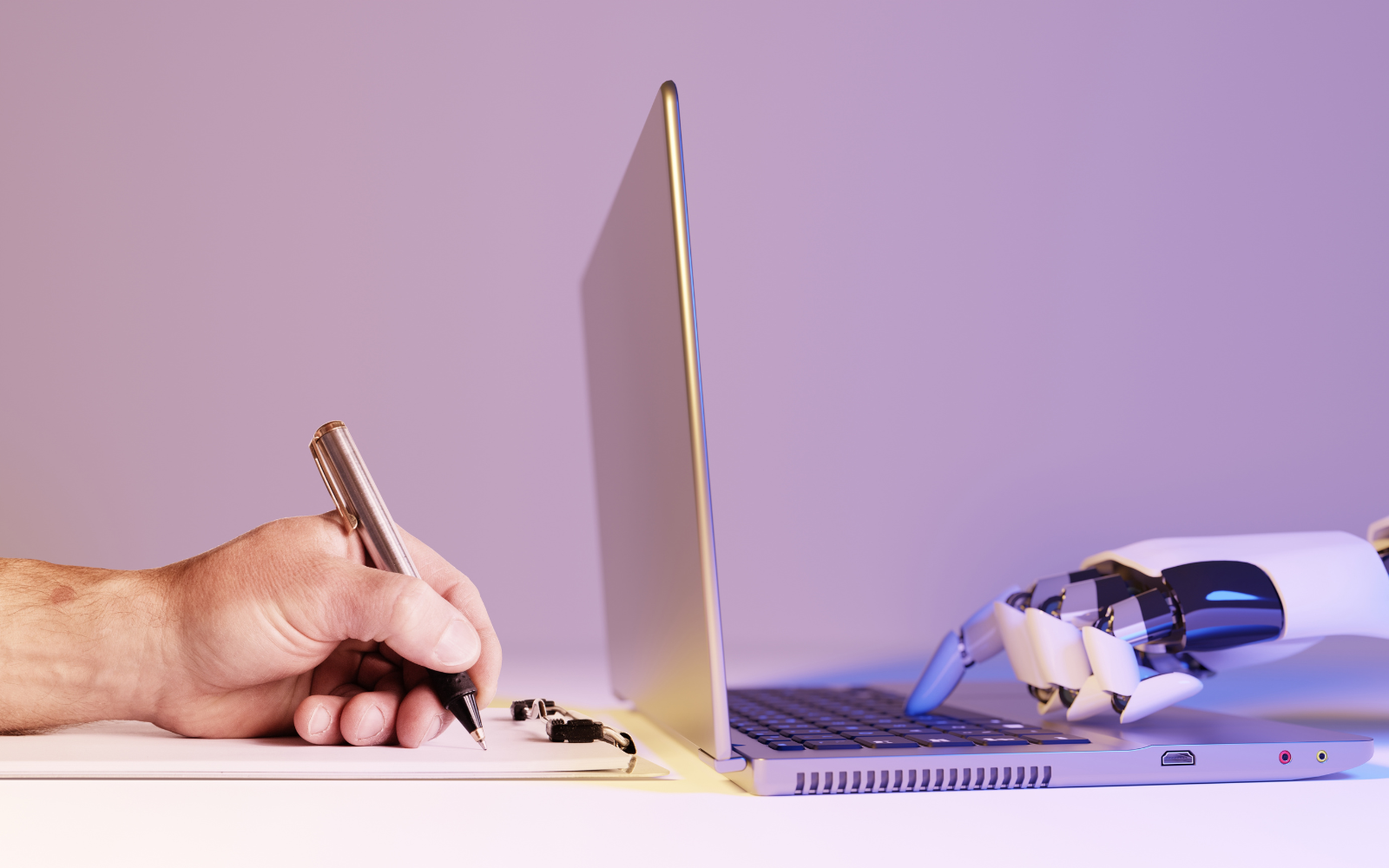Yes, San Francisco stands out as a hub of artificial intelligence advancement, but it also holds the distinction of being one of the most LGBTQ-friendly cities in America. The Mission District, home to OpenAI, the creator of ChatGPT, is adjacent to the Castro, where streets are adorned with rainbow crossings, and it’s not uncommon to spot older nude individuals leisurely strolling around.
The LGBTQ community is actively participating in the AI revolution. Spencer Kaplan, an anthropologist and doctoral candidate at Yale, emphasizes the significant presence of gay men in this field—a topic often overlooked. Sam Altman, the openly gay CEO of OpenAI, recently celebrated his marriage to his husband in an intimate beachfront ceremony. This trend extends beyond Altman and California, with an increasing number of LGBTQ individuals engaging in AI initiatives and fostering connections through communities like Queer in AI.
Established in 2017 during a prominent academic conference, Queer in AI is dedicated to empowering LGBTQ researchers and scientists, particularly those who have been marginalized historically, such as transgender individuals, nonbinary individuals, and people of color. Anaelia Ovalle, a PhD candidate at UCLA specializing in algorithmic fairness, credits Queer in AI for providing vital support that prevented her from abandoning her academic pursuits.
However, a notable disparity exists between the LGBTQ individuals involved in artificial intelligence and the representation of this community in the technologies they help develop. When prompted to generate images of queer individuals, leading AI image and video models consistently produced stereotypical portrayals of LGBTQ lifestyles.
Despite advancements in image quality, AI-generated visuals often depict a simplistic and sanitized view of queer existence. Utilizing Midjourney, an AI platform, to generate portraits of LGBTQ individuals resulted in the reinforcement of prevalent stereotypes. For instance, lesbian women were depicted with nose piercings and serious expressions, while gay men were uniformly portrayed as fashion-forward individuals with chiseled physiques. Transgender women were often hypersexualized in basic images, depicted in lingerie with a focus on cleavage.
The representation of humans in AI-generated images is heavily influenced by the datasets used to train the machine learning algorithms. These datasets, primarily sourced from web content, may already embody and perpetuate stereotypical notions of queer individuals, such as gay men being portrayed as effeminate and lesbian women as masculine. Similar biases may surface when utilizing AI to create visuals of other marginalized communities.










